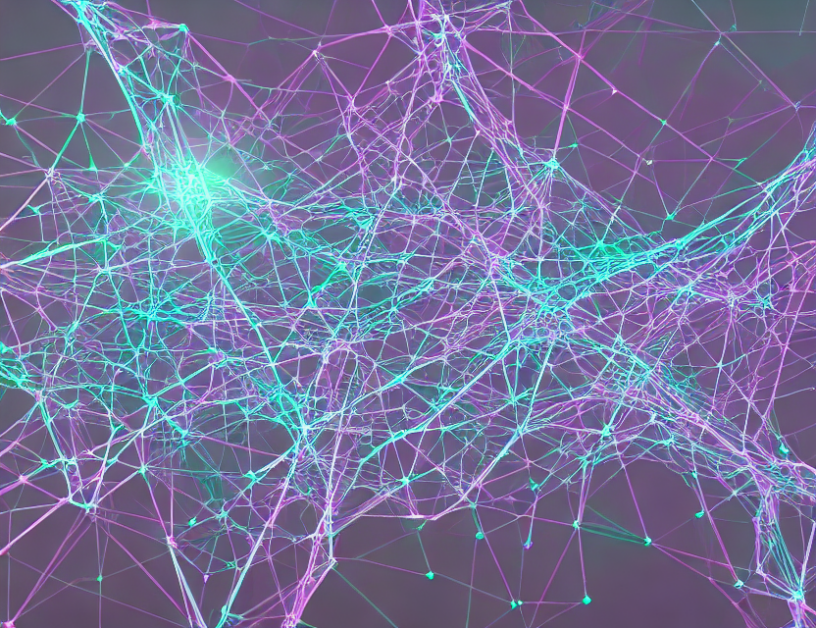Understanding how different parts of the brain interact with each other is crucial for understanding how our brains process information. In recent years, there has been a growing interest in measuring these interactions, known as effective connectivity, in order to better understand brain function. This review aims to provide an overview of the methods used to measure effective connectivity and their applications in various fields.
Methods for Measuring Effective Connectivity
There are several methods for measuring effective connectivity, including:
- Granger Causality Analysis (GCA): This method measures the direction of information flow between different brain regions based on the assumption that the future value of a variable is more influenced by its past values than by the past values of other variables.
- Structural Equation Modeling (SEM): This method models the relationships between different brain regions using a set of equations that describe how the states of each region influence each other.
- Dynamic Causal Modelling (DCM): This method combines GCA and SEM to estimate both the direction and timing of information flow between brain regions.
Applications of Effective Connectivity
Effective connectivity has many applications in various fields, including:
- Clinical Neurophysiology: Measuring effective connectivity can help identify which brain regions are involved in neurological disorders such as epilepsy or Parkinson’s disease.
- Neuroimaging: Effective connectivity can be used to study how different brain regions communicate with each other during various cognitive tasks, such as attention or memory recall.
- Brain-Machine Interfaces (BMIs): Measuring effective connectivity can help develop BMIs that can decode brain signals and translate them into meaningful commands for prosthetic devices or robots.
- Neuroeconomics: Effective connectivity can be used to study how different brain regions are involved in decision-making processes, such as risk taking or reward processing.
Future Directions
Despite the progress that has been made in measuring effective connectivity, there are still several challenges and open questions in this field, including:
- Spatial resolution: Current methods often have difficulty resolving the spatial location of effective connections within brain regions.
- Temporal resolution: Most methods are limited to measuring effective connections at a single time point, making it difficult to study the dynamics of information flow over time.
- Noise and artifact removal: Removing noise and artifacts from neuroimaging data is crucial for accurately estimating effective connectivity, but this is still an area of active research.
Conclusion
Effective connectivity is a rapidly developing field that has the potential to revolutionize our understanding of how the brain works. By measuring the interactions between different brain regions, researchers can gain insight into complex cognitive processes such as attention, memory, and decision-making. While there are still challenges and open questions in this field, the methods described in this review provide a solid foundation for future research.



